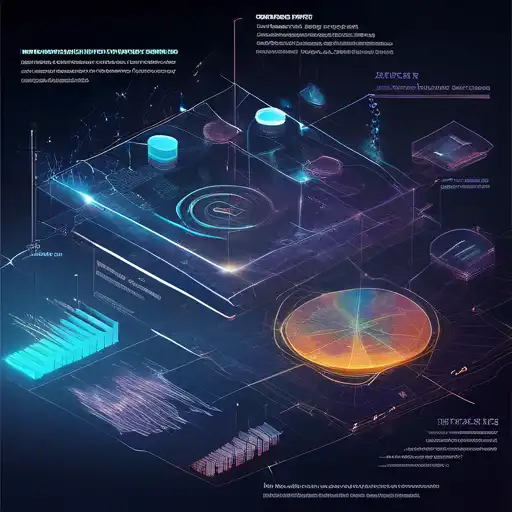Introduction to Data Visualization
In the era of big data, the ability to visualize complex datasets in an understandable and actionable manner is invaluable. Data visualization techniques transform raw data into visual contexts, such as charts, graphs, and maps, making it easier to identify patterns, trends, and outliers. This article explores the most effective data visualization techniques that can help you unlock deeper insights from your data.
Why Data Visualization Matters
Data visualization is not just about making data look attractive; it's about making data accessible and comprehensible. By leveraging visual elements, businesses and researchers can communicate information more effectively, leading to better decision-making. Whether you're analyzing sales trends, customer behavior, or operational efficiency, the right visualization technique can highlight what's important.
Top Data Visualization Techniques
1. Bar Charts and Column Charts
Bar and column charts are among the most common and straightforward visualization techniques. They are ideal for comparing quantities across different categories. For instance, a business might use a bar chart to compare monthly sales across different regions.
2. Line Graphs
Line graphs are perfect for displaying data trends over time. They can show how a particular metric, such as website traffic or stock prices, changes over days, months, or years.
3. Pie Charts
Pie charts are useful for showing proportions within a whole. They can quickly convey how different segments contribute to the total, such as market share distribution among competitors.
4. Scatter Plots
Scatter plots are excellent for identifying correlations between two variables. They can reveal patterns or relationships that might not be apparent from raw data alone.
5. Heat Maps
Heat maps use color gradients to represent data values, making them ideal for visualizing complex data like user activity on a website or geographic data distributions.
Advanced Data Visualization Techniques
For those looking to dive deeper, advanced techniques like interactive dashboards, geospatial mapping, and network diagrams offer even more insights. Tools like Tableau and Power BI enable users to create dynamic visualizations that can be manipulated in real-time for deeper analysis.
Best Practices for Effective Data Visualization
- Choose the right type of chart for your data.
- Keep it simple and avoid clutter.
- Use colors strategically to highlight key information.
- Ensure your visualizations are accessible to all audiences, including those with color vision deficiencies.
- Always provide context and labels to make your visualizations self-explanatory.
Conclusion
Data visualization is a powerful tool for uncovering insights that might otherwise remain hidden in raw data. By selecting the appropriate techniques and following best practices, you can transform complex datasets into clear, actionable intelligence. Whether you're a business analyst, researcher, or data enthusiast, mastering data visualization techniques is essential for making informed decisions in today's data-driven world.
